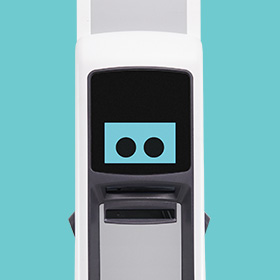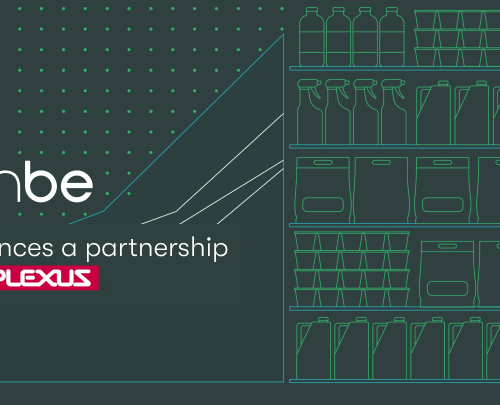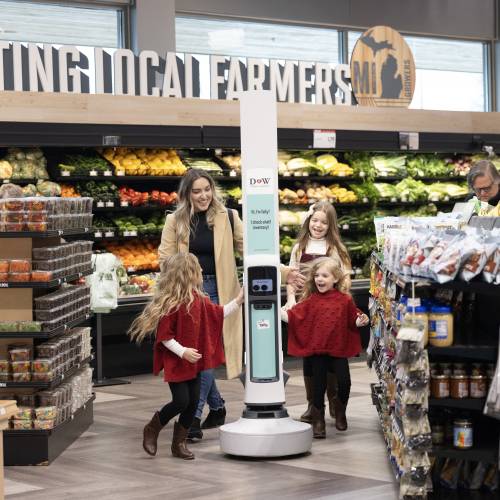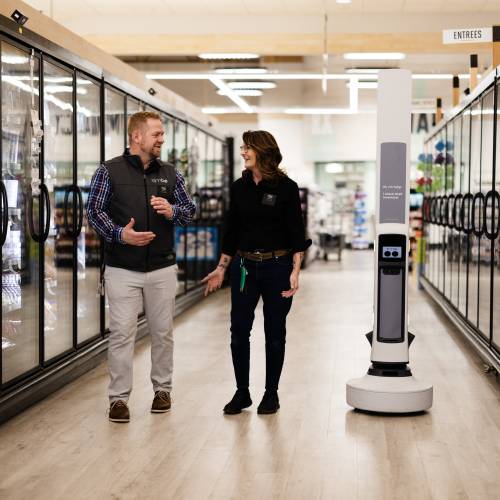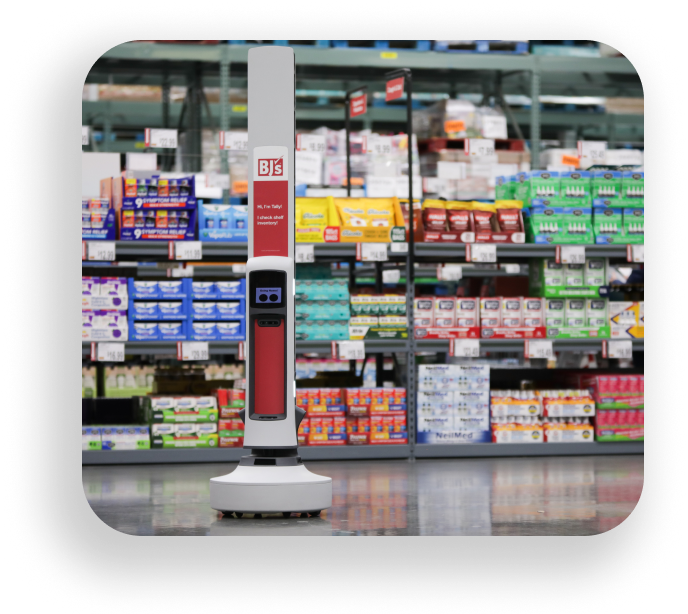
Over the past year, a growing number of retailers have reported drops in profit due to the industry-wide challenge of shrink. Still, despite grim reports coming from some of retail’s leading brands, others are finding ways to keep shrink under control and drive growth. According to reporting from Supermarket News, for example, brands like Walmart and Costco Wholesale saw positive share prices at the end of 2023.
To understand the secret of companies like these, research advisory firm IHL Services conducted a study. In a comprehensive assessment of over 200 brands, IHL found retailers that achieved the most sales growth in 2023 were investing in technology solutions in stores. Out of all the tools implemented by these retailers, RFID tags and AI-enabled computer vision cameras had the most significant financial impact.
According to IHL, retailers that achieved the most growth in 2023 were investing in technology solutions in stores. Out of all the solutions used by these retailers, RFID and computer vision had the most significant financial impact
Both RFID and computer vision can unlock near-instant, actionable inventory insights for store associates, corporate leaders, and suppliers alike. Used together, the two can deliver unparalleled visibility into store operations and combat the biggest culprit of shrink: inventory management. The proof of the impact is in the data.
Computer vision can recover missed sales and unlock revenue across stores
Retailers that used computer vision in 2023 averaged 27% higher profit growth.
Highly profitable stores in 2023 were 43x more likely to be using computer vision.
In 2024, businesses with computer vision expect to profit 51% more than those without.
Computer vision—or the use of cameras and algorithms to analyze visual data taken from shelves, backrooms, and freezers—brings an unprecedented level of inventory accountability to stores.
Using this technology, store teams can stock shelves and find misplaced items faster, as well as root out potential cases of theft by verifying point-of-sale (POS) transactions against images of products being purchased at checkout. Associates no longer have to spend their hours looking for inventory errors—computer vision cameras can automatically flag these issues for them, creating more efficient workflows on the ground. Regional retail leaders like Schunucks, SpartanNash and Wakefern, for example, reported achieving 98% on-shelf product availability by leveraging computer vision in their store intelligence solutions.
Stemming potential sources of inventory loss and keeping shelves adequately stocked requires access to comprehensive data about where products are located across the store and how customers are interacting with them. Computer vision technology gives retailers the ability to analyze shelf conditions and customer foot traffic, as well as evaluate merchandising and planogram compliance at all times.
RFID tags can optimize inventory flows with real-time insight into product location
Retailers that used RFID tags in 2023 averaged 57% higher profit growth.
Highly profitable stores in 2023 were 32x more likely to be using RFID tags.
In 2024, businesses using RFID tags expect to profit 88% more than those without.
Alongside computer vision, RFID is emerging as an essential tool for loss prevention and driving revenue in stores.
These small electronic tags track the movement of products to glean accurate, real-time stock levels. These timely insights, which are made instantly available on the store’s central database, can be used to generate to-do lists for associates—notifying them with urgent tasks like price label corrections and restocking assignments. It ensures accurately priced items are always available on-shelf for customers.
Integrating RFID technology with existing intelligence solutions also provides retailers with continuous item counts between warehouses, trucks, backrooms, shelves, and POS systems, making products more traceable. If a specific item goes missing, the retailer can aggregate their existing data to determine where and when it may have been lost. Take Macy’s for example: the company said RFID reduced its shrink by half and doubled its annual sales. By using real-time data collected from RFID tags, Macy’s was able to identify areas within their stores and broader supply chain that were vulnerable to shrink, and take immediate action to reduce their losses.
Competitive stores use an interactive technology ecosystem to drive business growth
Retailers using RFID were 10x more likely to be using edge computing; computer vision users were 7x more likely, respectively.
Retailers using RFID were 59% more likely to plan on updating their POS hardware in 2024; computer vision users were 41% more likely, respectively.
Retailers using computer vision were more likely to have optimized their digital journeys with BOPIS (125%), Ship from Store (93%) and Local Delivery (38%).
While RFID and computer vision proved to be the most profitable tech investments of 2023, the retail leaders IHL identified in the study were also more likely to be involved in creating a technology ecosystem in stores. Some retailers also invested in edge computing, for example, to enable reliable, high-speed data transmission—helping to rapidly process location data from RFID tags, analyze video feeds from checkout counters, and track customer foot traffic.
Other solutions leverage the inventory visibility created by RFID and computer vision to power better customer and employee experiences in-store. Leading retailers were more likely to have optimized digital journeys for customers like buy-online-pickup-in-store, ship from store and local delivery. They were also more likely to invest in POS systems that can help consolidate sales data across channels and contribute to everything from retail operations to demand planning.
Using RFID and computer vision, along with a curated arsenal of technology solutions, stores can improve their inventory flows across shelves, pallets, backrooms, fitting rooms, and even ecommerce operations, ensuring that they not only avoid shrink, but identify opportunities for continued growth.
IHL reveals that the most profitable retailers are ones that prioritize the speed, accuracy, and integration of their inventory data. Leading retailers, the report found, are prioritizing computer vision at a rate 181% higher and RFID at a rate 333% higher than below average retailers. Using these solutions, along with a curated arsenal of technology solutions, stores can improve their inventory flows across shelves, pallets, backrooms, fitting rooms, and even ecommerce operations, ensuring that they not only avoid shrink, but identify opportunities for continued growth.
